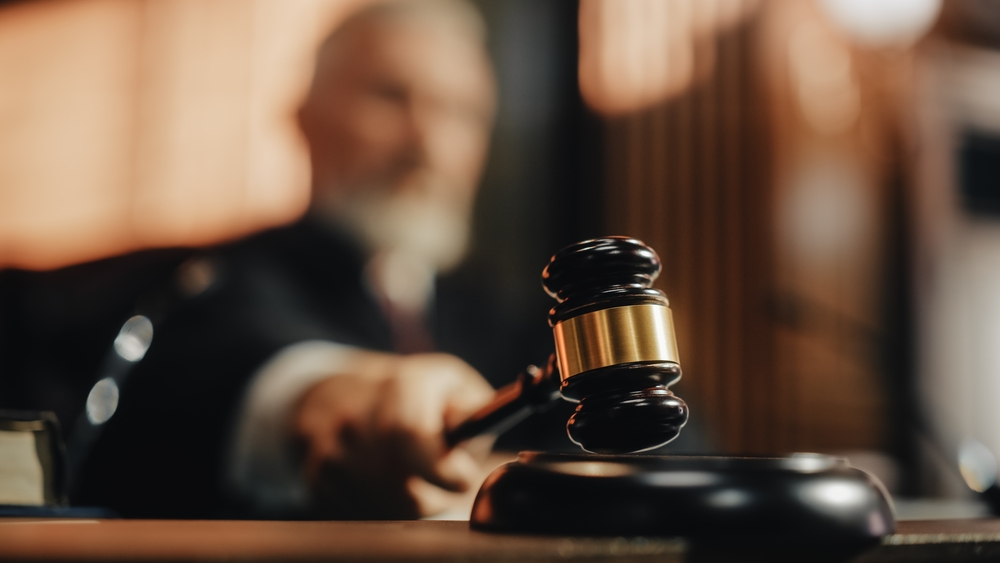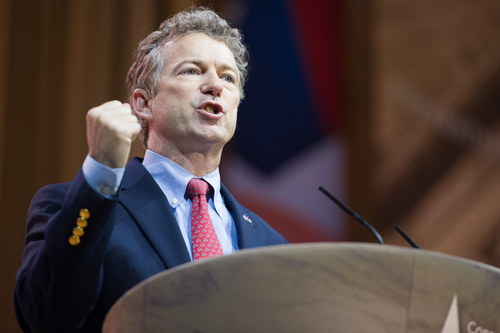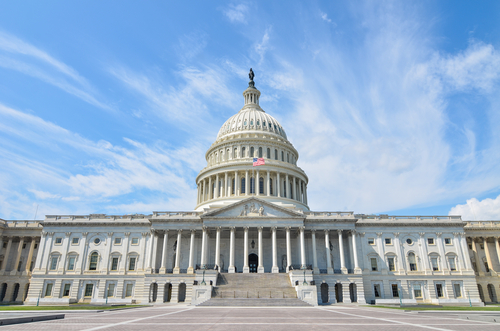
White House staff managed aging Biden behind scenes
Listen To Story Above
Since stepping back from seeking re-election, President Joe Biden’s diminishing visibility has allowed questions about his physical condition and management style to surface. A recent Wall Street Journal investigation, featuring interviews with nearly 50 individuals close to the administration, reveals how staff navigated the challenges of managing an aging president’s responsibilities.
The report details how two key aides, Annie Tomasini and Ashley Williams, maintained constant proximity to Biden during public appearances, providing basic directional guidance at events. Their presence became a familiar sight as they managed the president’s movements and stage directions.
REPORT: The White House tried to hide Joe Biden’s declining mental health from the start of his presidency, according to a bombshell report
Biden’s team hired a vocal coach and assigned officials to roles usually occupied by the president to cover his declining health
Meetings… pic.twitter.com/PR5Z10ww81
— Unlimited L's (@unlimited_ls) December 19, 2024
The administration adapted to Biden’s daily rhythms by scheduling important meetings later in the day, as morning sessions proved challenging for the 82-year-old leader. Sources indicated that some meetings were postponed when the president wasn’t at his best, though White House officials dispute this claim.
“He has good days and bad days, and today was a bad day so we’re going to address this tomorrow,” a former aide recalled one official saying to them, according to the WSJ.
The investigation uncovered a shift in traditional presidential duties, with senior advisers increasingly handling responsibilities typically reserved for the president. Cabinet members reported primarily dealing with Biden’s advisers rather than the president himself, though White House spokesperson Andrew Bates maintains that Biden maintained regular contact with his cabinet.
The administration implemented a top-down approach to policy directives, with the White House issuing instructions to agencies rather than engaging in direct policy discussions. This system left some cabinet officials uncertain whether the president’s limited involvement stemmed from age-related concerns or a preference for delegating to his inner circle.
“If I had an issue or I needed attention on something, I had multiple avenues to explore to raise the issue,” Department of Agriculture Secretary Tom Vilsack told the outlet. “You don’t always have to raise the issue with the president.”
Cabinet interactions with Biden were notably limited, with only nine cabinet meetings held over four years. Officials typically met with advisers like Jake Sullivan and Lee Brainard, who would then relay information to the president. Even Treasury Secretary Janet Yellen and Defense Secretary Lloyd Austin experienced diminished direct access to Biden as time progressed.
Chris Cillizza apologizes for his coverage of Biden while at CNN: "As a reporter, I have a confession to make: I should have pushed harder earlier for more information about Joe Biden's mental and physical well-being and any signs of decline."@DailyCaller pic.twitter.com/9GWSmUhgEA
— Jason Cohen 🇺🇸 (@JasonJournoDC) December 19, 2024
Campaign events were also carefully orchestrated. Donors attending private events were surprised to learn they couldn’t engage in open Q&A sessions with the president. Instead, they were required to submit questions in advance and were given specific notecards with approved questions to ask.
The White House defended these practices as standard protocol for high-ranking official events. However, some lawmakers, including Independent Senator Joe Manchin, noted the unusual level of staff involvement in presidential operations.
“They were going, ‘I’ll take care of that,'” Manchin said.




